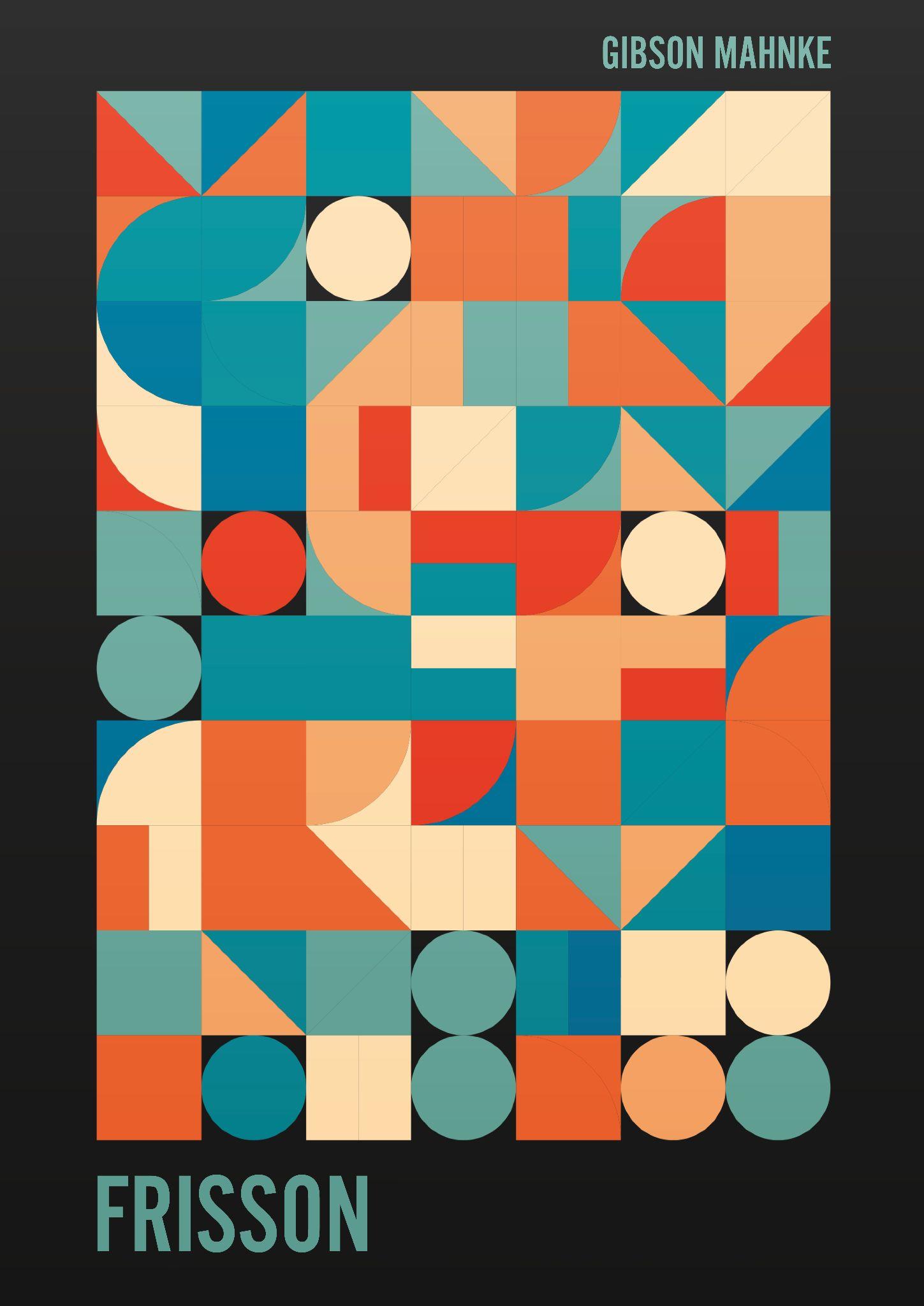
Instrumentation
1 Piccolo
2 Flutes
2 Oboes
1 English Horn
2 Clarinets in B♭
1 Bass Clarinet in B♭
2 Bassoons
1 Contrabassoon
4 Horns in F
3 Trumpets in C
2 Trombones
Bass Trombone
Tuba
Timpani
Percussion 1
(Zil Bell, Hi-Hat, Ride Cymbal, Sizzle Cymbal, Suspended Cymbal, China Cymbal, Triangle)
Percussion 2
(Tom-Toms, Bass Drum, Slapstick, Snare Drum, Kick Drum, Crotale [pitched B♮ - Zap Effect])
Percussion 3
(Xylophone, Marimba, Glockenspiel, Crotales, Bass Drum, Slapstick)
Piano Harp
Violin I
Violin II
Viola
Cello
Contrabass
Transposed Score
Duration: 5’
Version I: 25 January 2024
Covert Artwork: GarryKillian on Freepik
Program Notes:
Frisson [frēˈsôN] (n.) - a sudden strong feeling of excitement or fear; a thrill. (“Oxford Dictionary”)
Humans are thrill seekers. We always strive for more and constantly push technology, science, and even our own bodies to their limits. Frisson taps into this human desire for excitement and thrill. When I sat down to write this piece, I wanted to invoke just the right amount of thrill, excitement, and even a little bit of danger; the perfect amount of Frisson. The piece starts with an exuberant fanfare that returns throughout, driving the piece forward. String and wind ostinatos work to give the piece constant movement, like a locomotive barreling toward its destination. As the piece continues, the excitement, as well as the chaos, grows. The piece teeters on the edge of being out of control, as if the train is barreling around a sharp turn. Finally, the piece reaches an explosive ending in which the percussion steals time from under the nose of the conductor, dragging them and the rest of the ensemble along in a frantic, exuberant ending passage.
This piece, at its core, is all about taking risks and seeking discomfort. Only once we get out of our comfort zone do we achieve the thrill that is Frisson. For me, writing this piece was a risk. It was one of the biggest projects I have ever undertaken and was filled with highs and lows. However, because I was willing to leave my comfort zone behind and embark on this new musical journey, I was able to create something of which I am truly proud. I hope you, as a performer or an audience member, strive to push the boundaries of what you thought possible for yourself and find Frisson
Gibson Mahnke January 1, 2024
Performance Notes:
The most logistically challenging part of this piece is the final tempo change. This change to ♩= 100 occurs in m. 221 (one measure before rehearsal “J”). The purpose of this tempo change is to allow the kick/snare part occurring on the upbeats of the 4:3 tuplet at♩= 150 to become the downbeat at ♩= 100.

Measure 221 (bar of ⅛) serves to align the percussion part with the downbeat of the following measure. To conduct this, I suggest switching to conduct along with the percussion somewhere between m. 217 and 219. The brass players can then follow the conductor in m. 219 and 220. One must trust the subdivision of the winds and strings during m. 219-221, before everything lines up on the downbeat of m. 222. For additional questions about this difficult passage, please feel free to reach out via email! - gibson.mahnke@gmail.com
Percussion 1:

Percussion 2:

*Zap Effect - strike the crotale before pressing it against either the head or snares of a snare drum (whatever produces the best effect for the given equipment)
Percussion 3: Mallets - Bass Drum and Slapstick same notation as above
